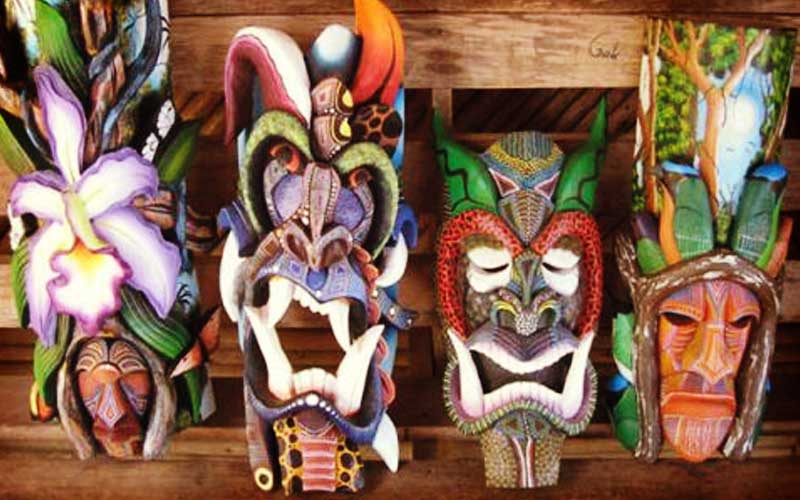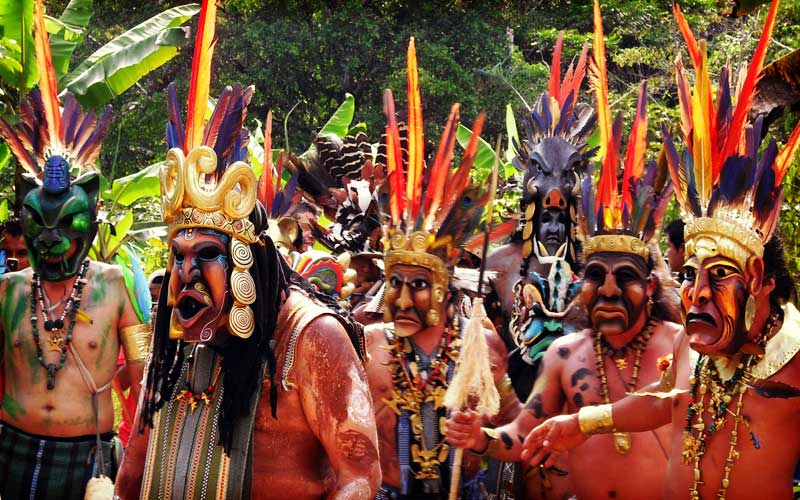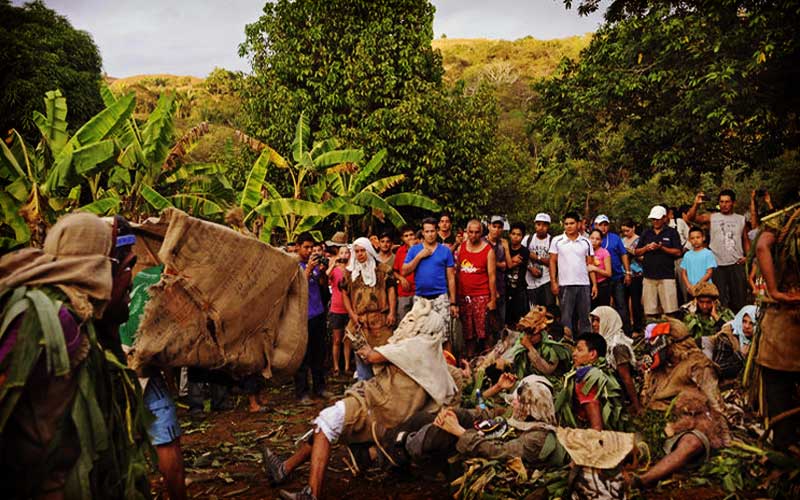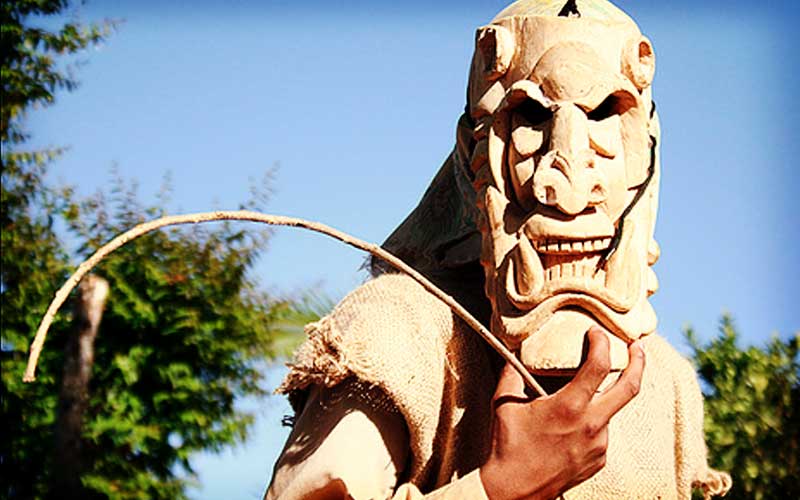Held every December at the Boruca reserve in Puntarenas Province, Fiesta de los Diablitos is organized by the indigenous Boruca people. Thought to now number fewer than 3,000 people, the Borucas’ ancestors once ruled much of Costa Rica’s Pacific coast and are known for their skilled arts and crafts.
Visitors to the village are welcomed all year round but the settlement is especially popular with tourists between the end of December and around January 2nd, when the festival takes place.
Learn more about this important cultural event and what you can expect to see if you visit during your volunteer vacation to Costa Rica.

The story of los Diablitos
The Festival of the Little Devils is rooted in history, commemorating the time when the Spanish came to Costa Rica and fought the natives to claim the country for their own. According to legend, the Spanish newcomers referred to the natives as devils because they were not baptised, thus the indigenous people were associated with devil worshipping.
During the festival, a ‘game’ or ‘dance’ is acted out, in which the natives battle against the Spaniards - represented by a bull - and the interactions portray the historical struggle between the two sides. The dance culminates with the indigenous people emerging triumphant from the battle, symbolizing how the native culture has survived until this day, despite colonial rule.

The dance of the diablos
This famous Boruca festival involves days of dancing, with only a short break for rest in between. The festivities begin on December 30th, when local men don costumes and masks before assembling in a mountain clearing to wait for the elder diablo to direct the proceedings. Everyone is given their positions and, at midnight, the elder blows a conch to signify the start of the celebration, while the church bells ring out to alert everyone in the village.
The diablos then make their way down through the hills and into the settlement, where they dance to the beat of drums and the music of flutes. Diablos perform a traditional dance that involves jumping and lifting one another off the ground until around 2am, when everyone takes a well-deserved break until later in the morning, when the festival resumes.

Borucan culture prevails
At around 9am the following day, the elder awakens the diablos, who travel around the village and dance from house to house. It’s customary at this time to enjoy a little chicha - an alcoholic drink made from corn and yeast, accompanied by delicious festive tamales. The dance passes through the village a few times during the day.
The following morning introduces the torro - or bull, to represent the Spanish who conquered Costa Rica. Several of the village’s men take turns to wear the bull costume and take on the role of being chased around the village by the diablos. Eventually, the bull symbolically kills all of the devils.
However, soon after, the diablos are resurrected and the bull goes into hiding. The diablos bring in a dog to help them hunt down the bull, who is captured and taken down to the river. Here, the bull costume is burned - apart from the mask - to represent the enduring culture of the Boruca people.

More about Fiesta de los Diablitos
Fiesta de los Diablitos is a real spectacle to witness - the diablos dress in costumes made from cloth sacks and banana leaves and wear elaborately carved and painted wooden masks, painstakingly made by hand. Only men from the village who have made their own masks are permitted to perform in the festival. The village sells these masks to tourists, so if you’re looking for a unique memento of your time in Costa Rica, your search may well end here!
There are opportunities to enjoy the local fare, too - don’t miss out on some tasty tamales - dough-based dishes with a variety of fillings, wrapped in banana leaves and steamed, washed down with some of the homemade chicha. If you miss out on Boruca’s Fiesta de los Diablitos, don’t despair - a similar celebration is held in the neighboring reserve of Rey Curre in February, so you’ll have the chance to witness this captivating cultural festival if you’re traveling after Christmas.
Want to learn more about what you can see and do on a volunteer vacation in Costa Rica? Take a look at our country guide for some top tips and ideas!